Here at Your House Your Garden, we offer detailed gardening guides including ways to grow a variety of plants, fruit, and vegetables. Nothing spells summer quite like a field of lovely sunflowers all around. These stunning flowers bloom all summer long and are incredibly heat-tolerant, resistant to a variety of insects and pests, and a centerpiece for beautiful birds. If you want to plant something more shade-friendly, check out our guide for the best shade plants.
Additionally, sunflowers seeds and oil are a source of food and nutrition! In this article, we will look at how you can plant sunflower seeds during the growing season, even if you are new to gardening and planting seeds.
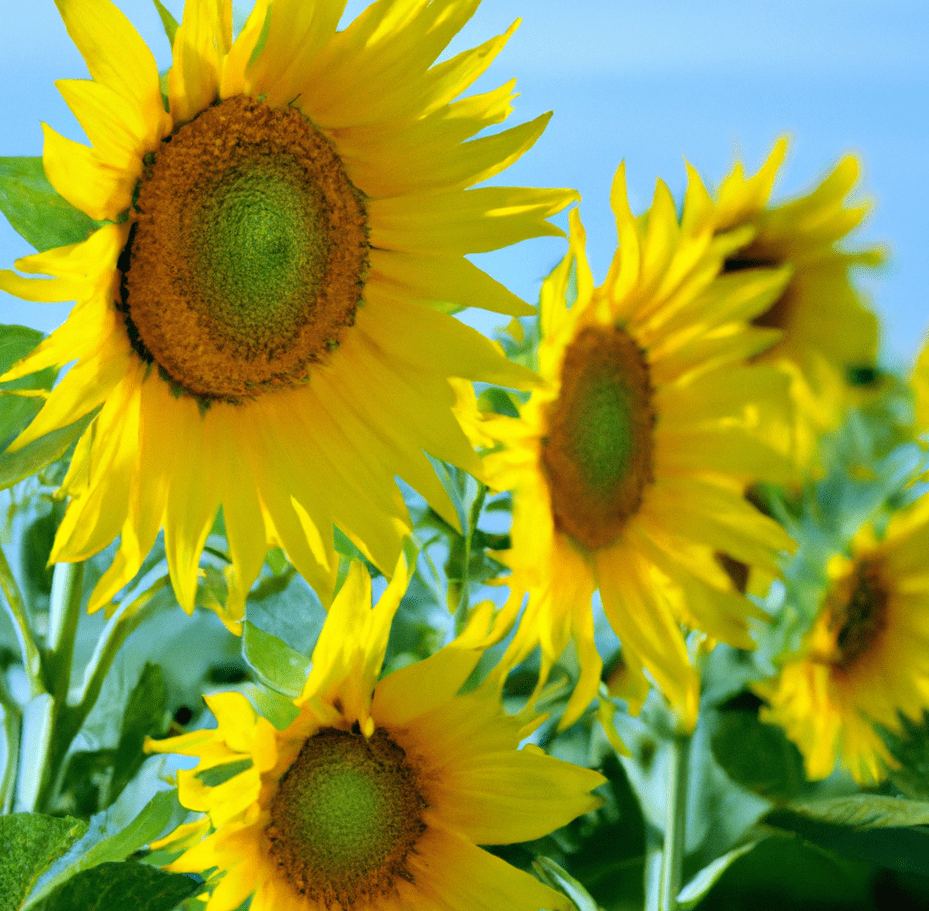
How Quickly Do Sunflower Seedlings Bloom?
One standout feature of sunflowers is that they grow and bloom fairly quicker than other varieties of flora and fauna. These tall and large flowers can fully bloom in approximately 75 to 95 days. At their tallest, sunflowers can grow to over 16 feet, while smaller, indoor varieties that are grown in containers can rarely grow larger than 1 foot. The length and size of the flower heads depends entirely on the type of seed heads.
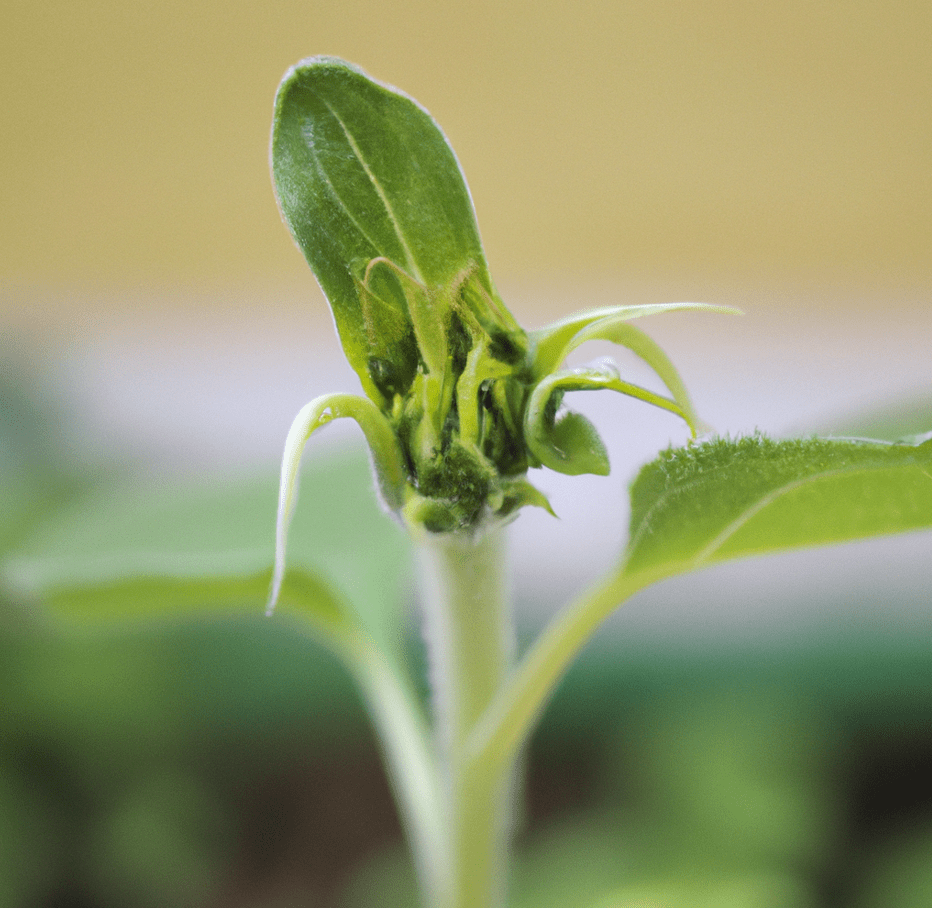
Helpful Guide to Grow Sunflowers
Planting the Sunflower Seed
Planting sunflowers isn’t that different than growing potatoes or even planting peppers. The key principles are the same! The most crucial step in planting sunflowers is to first find a sunny spot as sunflowers thrive under direct sunlight for at least 7-8 hours a day. Sunflowers grow best during long summers.
Next, pick a spot where the soil is hydrated but also well-drained. This is important as your sunflower seeds should pool under water if it rains. The flower seeds sprout either way, but for best results, they shouldn’t be too compacted.
Since sunflowers have long roots that need space to comfortably spread out, dig a hole up to 2 feet deep and 3 feet wide, Sunflowers are also extremely low-maintenance and can thrive in slightly acidic or alkaline soil. However, keep in mind that despite their easy-growing nature, they require a lot of food and nutrients to fully bloom.
To grow sunflowers to their maximum glory, ensure that the soil is rich with organic matter or composted manure. You can even add granular fertilizer 8-9 inches deep in your soil for the young plants to absorb and mature beautifully.
It is also recommended that you plant sunflowers in a spot that is shielded from strong gusts of wind. A good spot could be behind a fence or alongside a wall. Their flower heads and flower petals can grow quite large and heavy, making it harder for the stems to keep them up and stable.
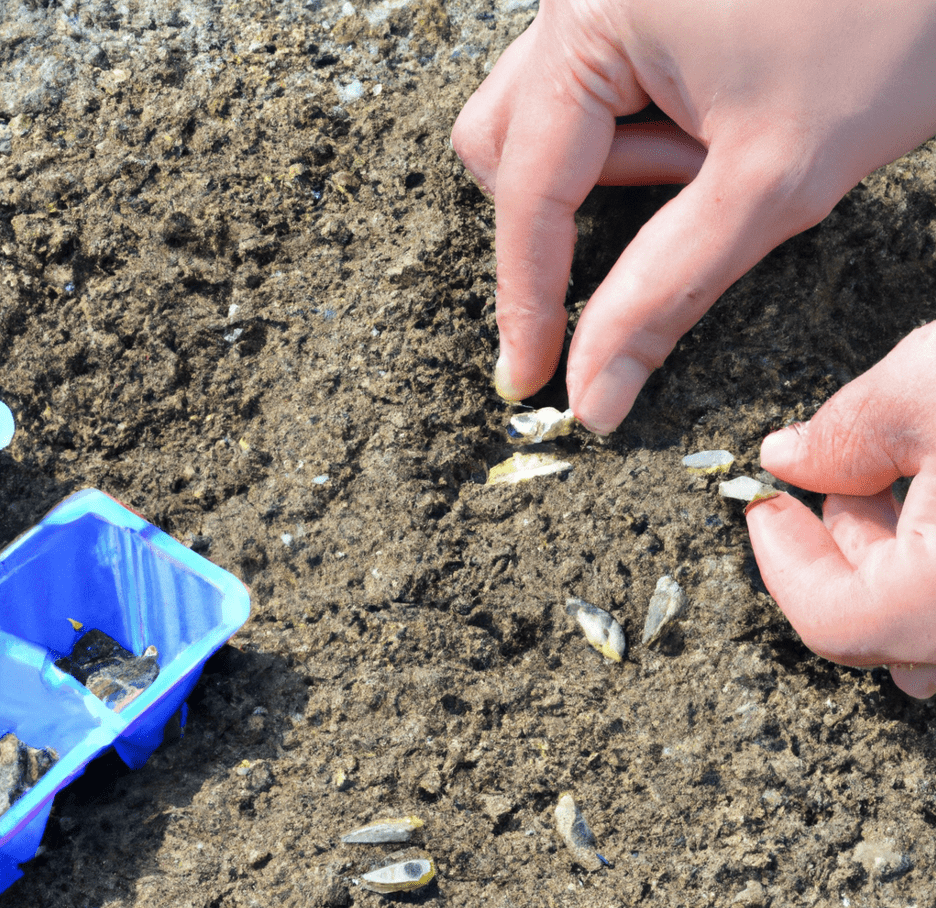
What is the Best Time to Grow Sunflowers?
Plant sunflower seeds or directly in the soil or use large outdoor containers or pots after the spring frost has passed and your soil has warmed up to 50°F.
If you reside in the northern states or in Canada, then the best time to sow sunflower seeds directly is between mid April and mid June. If you are based in the South, then mid March or early April is the ideal time for growing sunflowers.
Keep in mind that sunflowers do not react well to having their long roots disturbed, which is why it is best to grow sunflower seeds directly in the soil instead of transplanting.
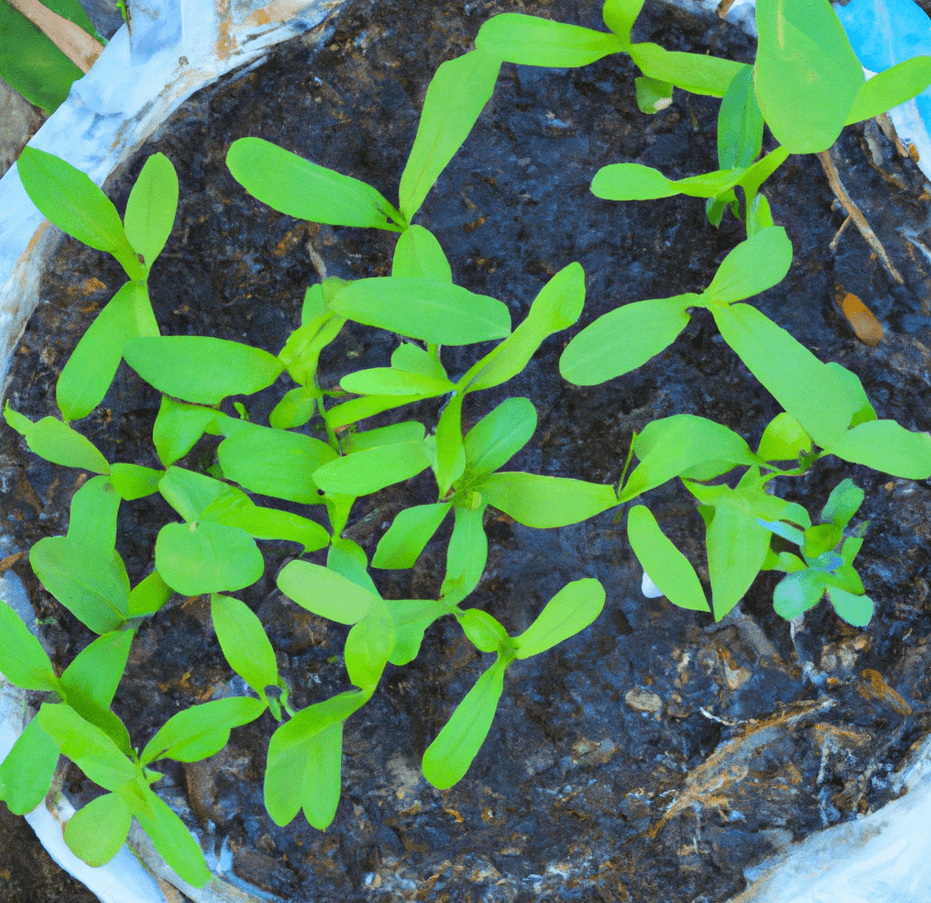
How to Properly plant sunflowers
- Sunflower seedlings should ideally be planted 1-2 inches deep and approximately 5-6 inches apart. Plant seeds once the soil has thoroughly warmed.
- Next, make sure that each seed has ample space to sprout and grow. Prepare the rows about 25-30 inches apart, but if you have seeds for smaller varieties of sunflowers, then you can plant them closer.
- During planting time, you can drizzle a light layer of fertilizer to help strengthen the roots and also protect them against strong wind. Early fertilizer can aid in them growing several inches tall.
- You can protect your sunflower seedlings from birds by spreading a net over the area until the seeds begin to germinate and sprout.
Growing Sunflowers
Water around the roots while your sunflower plant is still small and growing. Snails and slugs are also extremely attracted to the sunflower plant so it would help to create a snail or slug bait around the stem area.
Once your plant has sprouted, start watering deeply but give breaks in between and avoid hydrating too frequently. In case the weather isn’t too extreme, we recommend watering your sunflower seeds thoroughly with gallons of water once a week.
Another important tip to keep in mind when growing sunflowers is to avoid overfeeding them. Overfertilization can also weaken the stems and cause them to fall.
Instead, try diluting your fertilizer with water when it’s time to hydrate them. But, make sure that you don’t add fertilizer near the base of the sunflower plant as it could create a puddle around it.
If you are planting larger varieties of sunflowers, then make sure you give them support as they grow taller. Bamboo stakes can be used for this purpose!
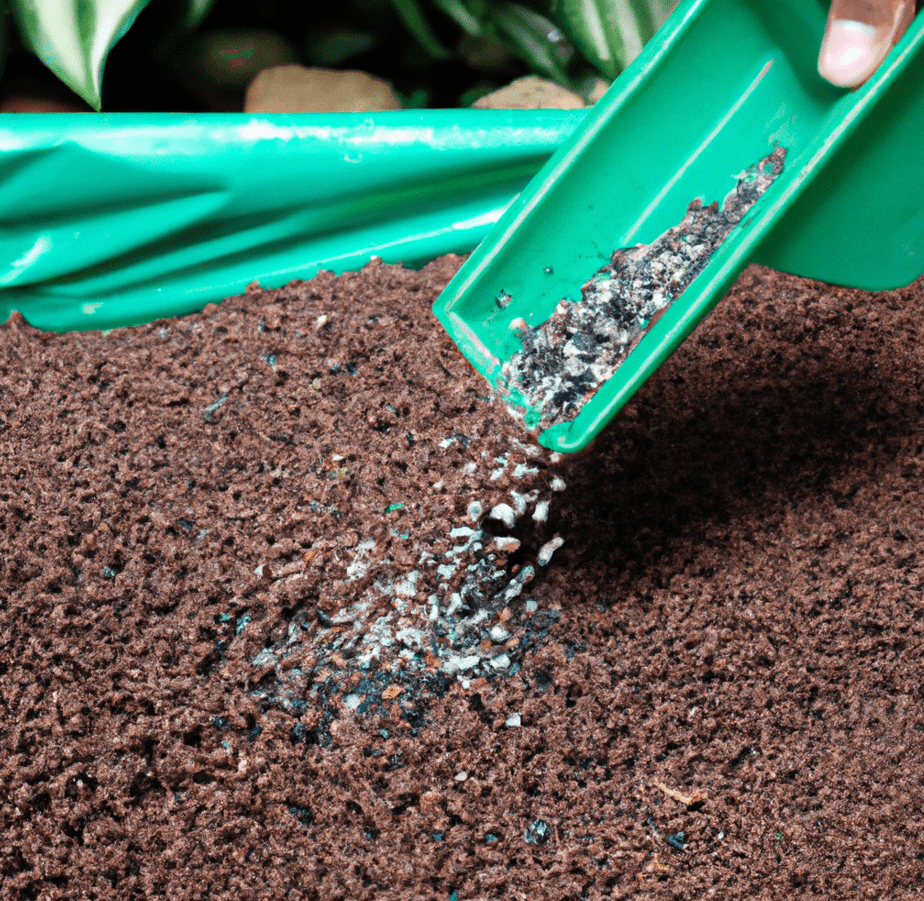
Top Varieties of Sunflowers in Demand
Sunflowers are extremely diverse! You can grow sunflowers that are several feet tall or pick one that grows only up to 15 inches even during the full growing season. If you have ever wondered which type of sunflower would be best for you, then check out the following:
- Sunrich Gold: This stunning sunflower type is especially excellent for flower arrangements, bouquets, etc. It can grow up to 5-6 feet tall and its flower head is approximately 5 inches. There is no leftover pollen mess and its ultra-golden petals and greenish center is simply beautiful.
- Mammoth: As its name suggests, this type of sunflower is traditionally very large and grows up to 10-12 feet tall. Its edible seeds are extremely nutritious and make for a fantastic snack!
- Teddy Bear: This is a smaller variety of sunflowers and grows up to 2-3 feet tall. It is perfect for smaller gardens and containers.
- Autumn Beauty: Another stunning variety of sunflower that has 5-6 inch flowers in splendid shades that can grow up to 7-8 feet tall.
Harvesting Sunflowers
Using Sunflowers for Flower Arrangements
- Chop off the main stem for smaller indoor bouquets so there is no room for side blooms. This also keeps your sunflowers looking neat and perfect to bring as a gift!
- When harvesting for bouquets, we recommend cutting the stems early in the morning as doing it in the later hours may lead to bloom to wilt considerably.
- It goes without saying that all flowers should be dealt with gently. With proper care and by placing them at room temperature, inside a vase full of water, your sunflowers can last for at least a week.
- Since these flowers have large, heavy heads, you should place them in tall containers so there is ample support.
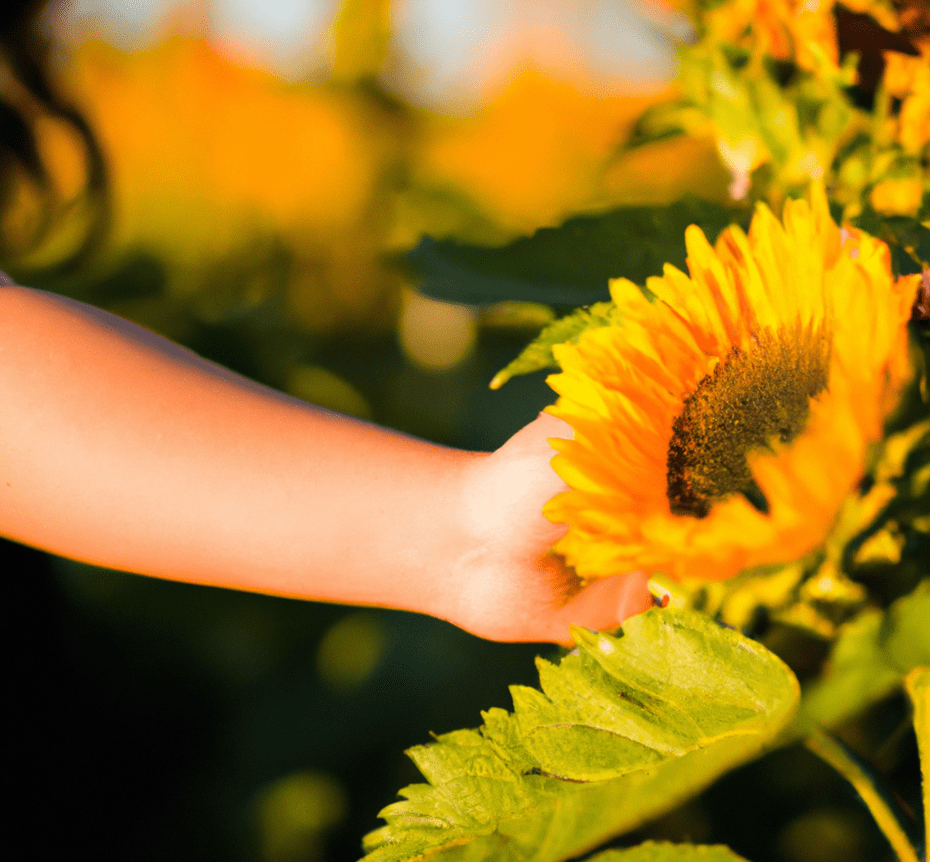
HARVESTING SUNFLOWER SEEDS
Sunflower seeds can be extremely nutritious and are packed with several health benefits. You can harvest some for yourself or even use them to feed birds during wintertime!
- After you pick the flower, let it dry for a few days until you notice the back of its head turning a dark yellow and brown. At this point, the foliage should turn yellow and the petals should have completely wilted. You will also notice the seeds looking plump.
- Use scissors to cut the head off the plant and place it in a tray to catch the flower seeds.
- Begin rubbing your hands over the seeds to pick them off.
- If you plan on roasting the seeds, then cover the flower heads with a cheesecloth or other light fabric and secure it with a clip or a rubber band to keep the birds and squirrels away.
- Or, you can cut the flower and hang it upside down so the seeds can come loose once properly dried. Make sure that mice, birds, and squirrels do not have access to them.
- Before you lay them out to dry them, raise the seeds thoroughly.
- If you wish to use the seeds to plant sunflowers again, then simply store them in an airtight container and in a cool and dry place until you are ready to plant them again.
Frequently Asked Questions
Do sunflowers grow back each year?
Yes, sunflowers will grow back each year is the variety is of the perennial type. On the other hand, annual sunflowers must be replanted each year. You may also notice them growing back if they are self germinating.
Are sunflower seeds expensive?
Sunflower seeds can be expensive depending on the location. In recent years, droughts have impacted its production which has led to a shrinking of the crop size to protect against losses caused by extreme weather. For this reasons, some types of sunflower seeds may be a bit more expensive.
Do sunflowers rebloom if deadheaded?
Yes, sunflower rebloom even if you dehead it. It will keep producing new blossoms and new seeds. If you cut the stalk way back however, then the next blossom will come inches over the place from where you plucked it out.







